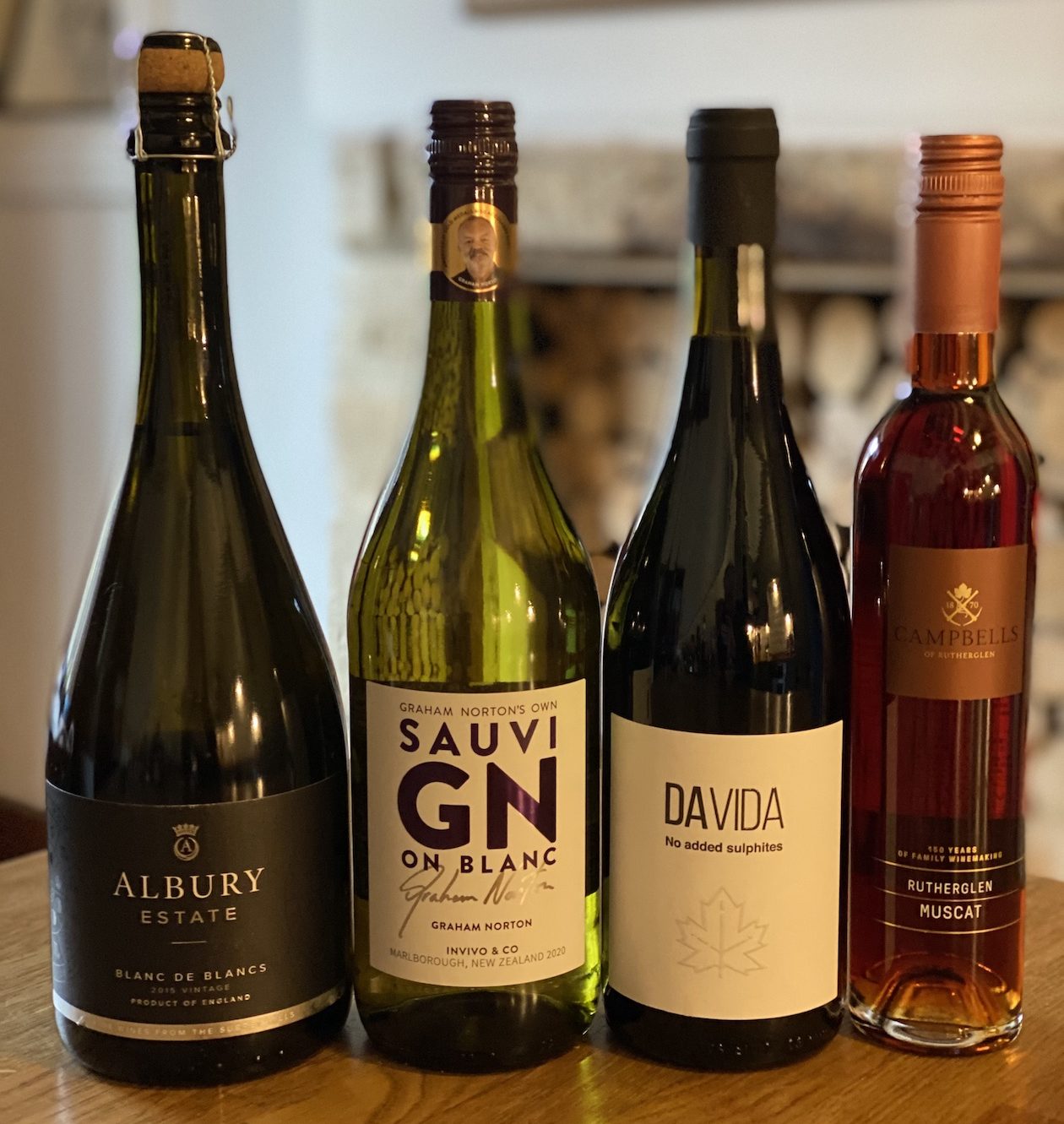
My 2021 wine predictions for the BBC’s Bill Buckley
It’s become tradition that, for our first show of the year, I make my ‘predictions’ for what’s ahead. I’m no Mystic Meg, so I keep it to the world of wine and spirits.
The continued growth of indigenous sparkling wine is both an easy call and something of a hardy annual, as I made the same prediction last year, and the year before that. Last year, I nuanced my forecast by suggesting we’d see more premium priced cuvées – something that has definitely come to fruition – so this year I suggest that we shall also see a lot more experimentation, thanks to the confidence now imbued in our winemakers.
One of the issues has always been what to call English (and Welsh) sparklers but now, courtesy of the trade body Wine GB, we have a name: ‘Great British Classic Method’, a reference to the process used, that mirrors that in Champagne.
Albury Estate Wild Ferment 2015 Blanc de Blancs (£49.99 from the Albury Estate website) is certified biodynamic, meaning it is organic and uses biodynamic methods in the production process, with wild yeasts from the vineyard for the fermentation. To do that successfully, in our dreary, damp climate, is really remarkable. This must have been a passion project for owner Nick Wenman and his team and it tastes sensational. Perfectly poised, with bright citrus fruit and a delicate nutty finish, I served it to a friend of mine, a proper Champagne snob, who was really impressed.
My second prediction is that we shall see more ‘celebrity wine’. We already have Kylie’s rosé (which is, sadly, awful), Lord Ian Botham’s (actually very good) range of wines and now Graham Norton has entered the fray. The comedian and chat show host is an investor in Invivo, the company that makes Graham Norton’s Own Sauvignon Blanc (£9.50 at Tesco) and he apparently gets involved in the blending decisions that are made, to create this textbook Marlborough Sauvignon. I was on the judging panel at the IWSC that gave this a silver medal last year, although I didn’t know it at the time, as we judge ‘blind’ (meaning, we know what the wine is supposed to be, but not who made it). It does exactly what you hope it will, bursting out of the glass with juicy, fresh tropical fruit, gooseberry and pink citrus.
Next up, I predict that we’ll see more interest in low and no added sulphite wines. A small minority have a reaction to sulphites, but many more consumers are just keen to limit the number of additives in what they consume, so I suggest the market will continue to respond. Sulphur Dioxide occurs naturally in winemaking, so it’s impossible to be truly ‘sulphite free’, but many winemakers are now looking to limit their use of SO2, which is primarily used as a preservative of freshness and flavour. Davida No Added Sulphites (usually £8, but currently £7 on promotion, at the Co-op) is a Garnacha from Navarra, in Spain. It has simple, bright berry fruit with just a little bit of crunch and it’s very gluggable.
Finally, I forecast that we’ll see a greater use of wine in cocktails. Sherry is already a huge hit with mixologists, thanks to the interesting flavours and lower alcohol levels, but I think we’ll see sweet wines increasingly used as well.
Campbell’s Rutherglen Muscat (£12.99 at Waitrose) is a legendary Australian fortified wine, with an average age of five years, made in a Solera system similar to those used for Sherry. With its delicious sweet raisiny fruit, it’s wonderful with pudding, or a cheeseboard, but it’s also enjoying a renaissance in cocktails.
On air, I’m sampling it as a ‘Muscat Cooler ‘ with tonic water, ice and lime, but it’s also great with Kahlua and a shot of espresso, as a late night Espresso Martini. Or, skip the spirit altogether and just pour equal measures of Rutherglen Muscat and fresh coffee over top notch vanilla ice cream. Delicious!
All the above links are just to help you find the wines. They are not sponsored links and I have no financial interest in any of these recommendations.